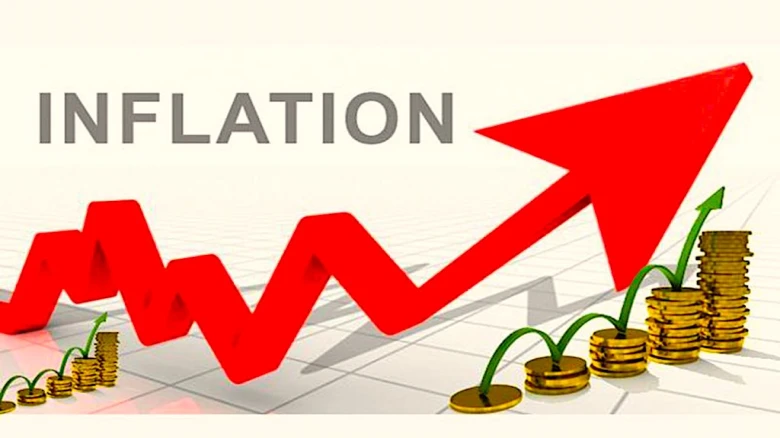National

Retail inflation in India surged to a 15-month high of 7.4% in July, raising concerns about the economic impact of...
Digital Desk: Retail inflation in India surged to a 15-month
high of 7.4% in July, raising concerns about the economic impact of escalating
consumer prices. A recently published report by the finance ministry indicates
that the inflationary trend could persist over the next few months due to a combination
of global disruptions and domestic factors.
In its July Monthly Economic Review report, the Department
of Economic Affairs underscored the re-emergence of inflationary pressures.
These pressures, it stated, have been fueled primarily by disruptions in the
global supply chain, alongside domestic issues. The report urged both the
government and the Reserve Bank of India (RBI) to exercise increased vigilance
in response to these evolving trends.
The report outlined, "While domestic consumption and
investment demand are projected to continue propelling growth, the persistence
of global and regional uncertainties, along with domestic disruptions, might
keep inflationary pressures elevated in the forthcoming months. This warrants a
heightened vigilance on the part of the Government and the RBI."
The recent deficiency in monsoon rains during August has
also been noted, which can potentially affect agricultural output and
contribute to inflationary pressures. To counteract this, the government has
already taken preemptive measures to control food inflation. The report
emphasized the expectation that these measures, combined with the arrival of
fresh produce, could alleviate price pressures in the market soon.
Furthermore, the finance ministry report stressed the need
for close monitoring of the external sector to bolster merchandise export
growth in the face of slowing global demand.
Anticipated Cool Down in Food Inflation
Despite the projection of sustained elevated inflation, the
report highlighted that the "uneasiness in food inflation is likely to
subside." It pointed out that disruptions in global supply chains had led
to increased inflation in India, with specific food commodities, including cereals,
pulses, and vegetables, being the primary drivers of this inflation spike.
Notably, all these categories experienced double-digit growth in July compared
to the same period the previous year.
The report cited domestic production disruptions as
exacerbating inflationary pressures. The supply chain for tomatoes was
interrupted due to the white fly disease outbreak in Kolar district, Karnataka,
while the swift arrival of monsoons in northern India caused a surge in tomato
prices. The price of tur dal was also inflated due to deficient production in
the Kharif season of FY23.
While the report acknowledged that the food inflation
recorded in July was among the highest since the introduction of the new
Consumer Price Index (CPI) series in 2014, it highlighted that only 48% of food
items experienced inflation above 6%.
Temporary Inflationary Trends
Certain food items, such as tomatoes, green chilies, ginger,
and garlic, saw inflation rates exceeding 50%. The report clarified that the
sharp increases in prices for these specific items were responsible for the
high food inflation observed in July 2023. However, the report provided
reassurance that the price surge for these items is anticipated to be
transitory.
The report projected that the price of tomatoes is likely to
decline with the arrival of fresh stocks by the end of August or early
September. Moreover, increased imports of tur dal are expected to temper pulses
inflation. Alongside these factors, recent governmental efforts are expected to
contribute to a moderation in food inflation in the coming months.
While inflation concerns persist, the report's analyses and
predictions provide a glimmer of hope that the current bout of inflation may
eventually stabilize through a combination of domestic interventions and natural
market forces. As the government and RBI maintain a watchful eye on these
trends, the nation awaits the effects of these strategies on its economic
landscape.
Leave A Comment